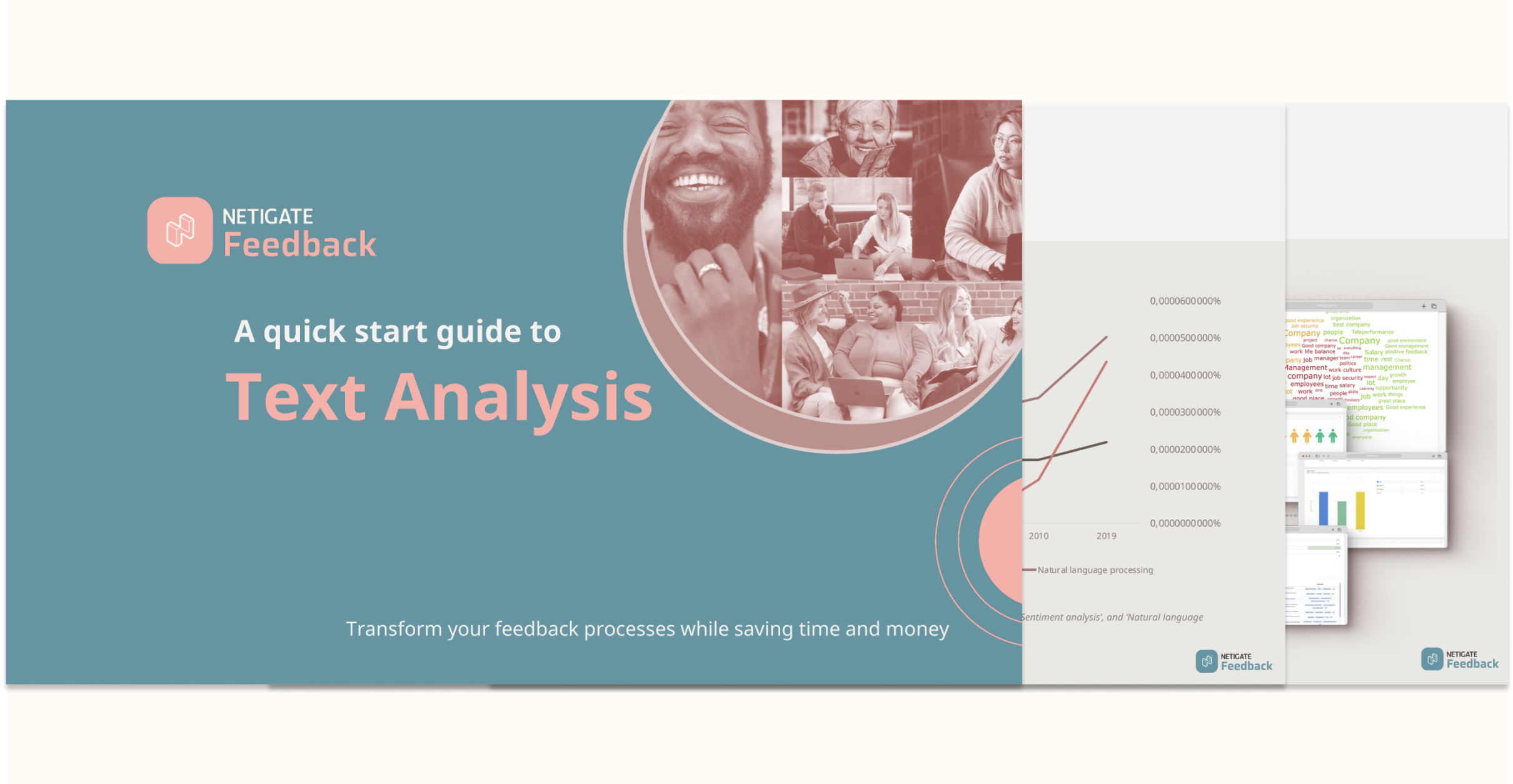How to make the context clear for respondents
In customer satisfaction surveys that ask customers for their opinion about a recent purchase or their experience with a service, it is important that your respondents give information or feedback related to that specific occasion. In order to ensure that, you have two choices:
- You decide what the respondent should refer to.
- You let the respondent decide what they refer to in their answers.
Ideally, you should give or gather this information before you ask further questions.
Different customers can buy the same thing in several ways
The respondent’s context is important to the analysis of your survey. Nowadays purchasing can be made in several different ways so it is important to know what kind of purchase to evaluate and when it was made. To simplify the survey for the respondent, tell them that the survey concerns their most recent purchase. If you already have the information about when, where and how the respondent made their purchase, adding the background data when you create the survey is easy. If you do not have this information, I recommend that you ask your respondents for it. To explain why you should do this, I will use the example of buying a train ticket.
Where?
Today, people can book or buy train tickets from almost any location. Online via a computer or smartphone or through personal contact, either by telephone or physically. To evaluate how satisfied customers are with their booking or purchase of the train ticket, it is essential to know what purchase alternative the customer selected. The survey questions may differ depending on whether the customer bought the ticket online or via personal contact at a ticket vendor.
Ask: Where were you when you completed your purchase?
When?
Still using the train ticket example, it is important to find out information concerning timing. First, it is important to know when (date and time) the purchase was made. Second, and probably more interesting, is to ask how far a head before departure the respondent bought the ticket. The answers to these two questions will let you compare satisfaction levels among passengers. The ticket price is often based on when the ticket is bought and it can be interesting to learn more about this. Another thing that can affect customer satisfaction level is what the stress level was when the customer bought the ticket.
Ask: When did you complete your purchase?
How?
In the same way, customers can buy train tickets at different locations, making the actual payment can also be done in many different ways. When the customer pays online they can often choose from a number of payment options. Their chosen method can also have an impact on overall customer satisfaction.
Ask: In what way did you conduct your purchase?
Having these questions in mind when you create your survey will give you a result that you can break down easily into different customer groups, giving you all the prerequisites to make a good analysis and easily distinguish the categories of satisfied and dissatisfied customers.
Eager to learn more about how to create great surveys?
Learn more about how you can learn from your respondents and make surveys even better by reading Let your respondents create the survey or download our whitepaper on how customer satisfaction affects profitability.




